West Virginia State Flower Rhododendron Perfume
$49.00
Introduction to Rhododendron Perfume
West Virginia’s state flower, the rhododendron, is renowned for its captivating fragrance. Harnessing this essence, our new rhododendron perfume perfectly encapsulates the floral notes that are reminiscent of the scenic beauty found in West Virginia.
Fragrance Profile
The rhododendron perfume opens with fresh top notes that seamlessly transition into a heart of floral richness. The base notes add a subtle touch of earthiness, making it an ideal scent for any occasion. This perfume offers a balanced aroma, celebrating the natural vibrancy of West Virginia’s state flower.
Ideal for Nature Enthusiasts
This perfume is a delightful choice for those who cherish nature and wish to carry a piece of West Virginia with them. Its long-lasting fragrance ensures you feel connected to the serene landscapes and blooming rhododendrons of the state, no matter where you are.
“`html
Overview of the Rhododendron: West Virginia’s State Flower
The Rhododendron holds a place of great pride as the state flower of West Virginia. Known scientifically as Rhododendron maximum, this captivating flower is renowned for its striking blooms and verdant foliage, making it a symbol of natural beauty. The state’s decision to embrace the Rhododendron as its floral emblem dates back to 1903, following a statewide campaign that highlighted the flower’s remarkable aesthetics and its widespread presence within the region. This designation has since contributed significantly to the plant’s recognition and conservation.
Botanically, the Rhododendron boasts lush, leathery leaves accompanied by clusters of vibrant flowers that range in color from pure white to deep pink, typically blooming in late spring to early summer. Each flower consists of a bell-shaped corolla and a distinctive, subtle fragrance that has captivated many. The plant can grow either as a prolific shrub or a small tree, often reaching heights of up to 15 feet. These characteristics make the Rhododendron not merely a sight to behold but also integral to West Virginia’s rich flora.
The natural habitat of the Rhododendron includes the cool, moist forests and shaded mountainous areas, predominantly thriving in the Appalachian region of West Virginia. This preference for specific environmental conditions underscores its role in the local ecosystem—providing shelter and food for various wildlife species. The Rhododendron contributes to the ecological balance by supporting pollinators such as bees and butterflies, ensuring the propagation of the flora across the region.
Historically, Native American tribes valued the Rhododendron for its medicinal properties, utilizing various parts of the plant in traditional remedies. The cultural and ecological significance that the Rhododendron encapsulates ensures its status as more than just a distinctive plant; it stands as a testament to West Virginia’s natural heritage. Consequently, the Rhododendron remains an enduring symbol of the state’s lush landscapes and botanical diversity.
“`
Creating Perfume from Rhododendrons: Process and Appeal
Crafting a perfume from the delicate blooms of rhododendrons involves a meticulous process that requires both expertise and care to capture the flower’s unique aromatic profile. The journey begins with the selection of fresh, high-quality rhododendron petals, which form the basis for extracting their essence. There are several recognized methods for this extraction, each with its distinct advantages and limitations.
One commonly employed technique is steam distillation. In this method, steam passes through the rhododendron petals, causing the essential oils to vaporize. The steam and oil mixture is then condensed, and the essential oil is separated from the water. Steam distillation is favored for its purity, allowing the extraction of true, unadulterated essence, but it can be less effective for capturing the full complexity of rhododendron’s aroma, leading to a scent profile that may be less robust.
Alternatively, solvent extraction offers a more intensive approach. This method involves using a solvent, such as hexane, to dissolve the essential oils from the petals. The resulting solution is subjected to evaporation to remove the solvent, yielding a concentrated essence known as an “absolute.” Although solvent extraction can preserve a wider spectrum of aromatic compounds, it often requires post-extraction processes to ensure the solvent residues are not present in the final product, making it a more labor-intensive method compared to steam distillation.
The process of capturing the essence of rhododendrons brings its own set of challenges. The flowers’ scent profile is uniquely complex, with subtle nuances that are difficult to replicate. Techniques such as enfleurage, where petals are layered with fat to absorb their fragrance, can also be employed to capture the more elusive notes that might be missed by distillation or solvent extraction.
The appeal of rhododendron-based perfumes lies in their evocative, botanical aroma that blends floral sweetness with earthy undertones. This distinctive scent sets them apart in the marketplace, attracting consumers who appreciate both the rarity and the craftsmanship involved. Artisanal perfumers who specialize in floral fragrances often find rhododendron extracts particularly desirable for their ability to add depth and character to their creations, leading to a growing demand among niche perfume enthusiasts.
Only logged in customers who have purchased this product may leave a review.

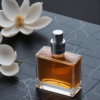
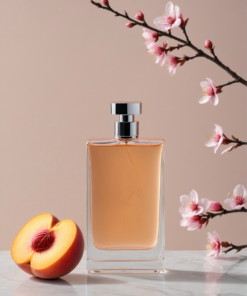
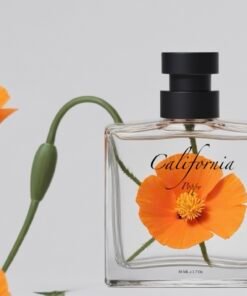
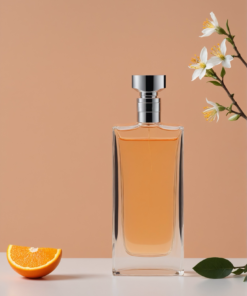
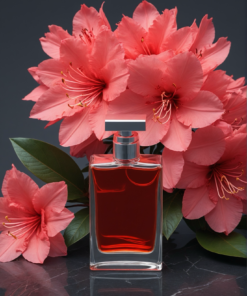
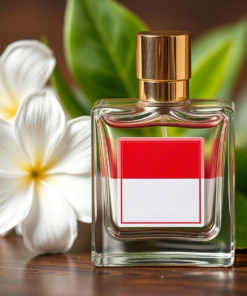

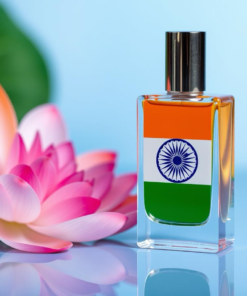
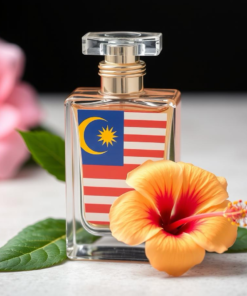
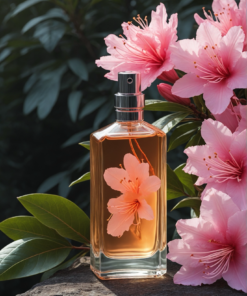

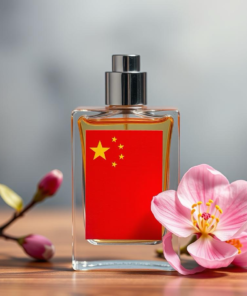
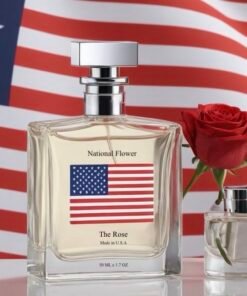
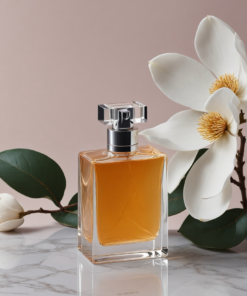
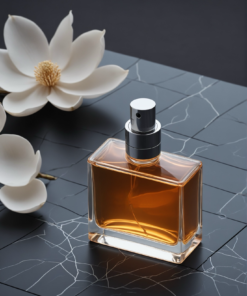
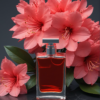
Reviews
There are no reviews yet.